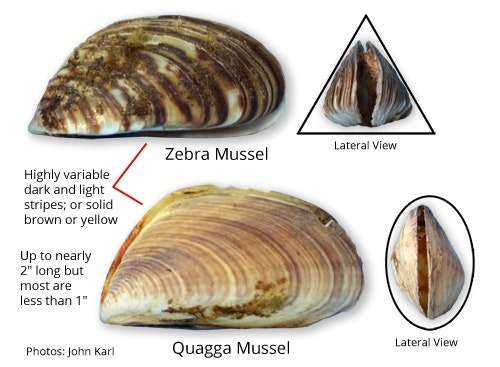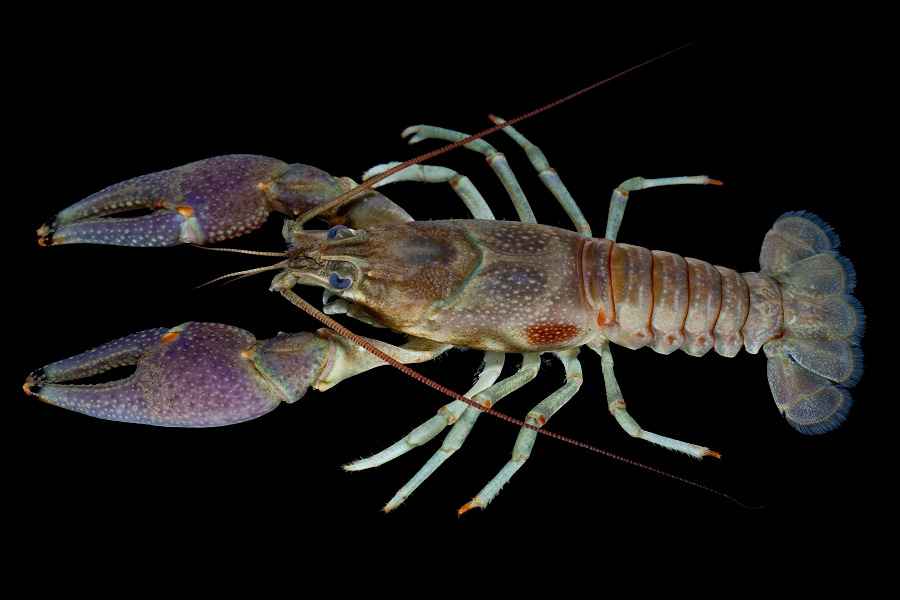LakeHealth
2025 Watercraft Controlled Access Entry Pilot Program
Boat Owner Notice
Aquatic Invasive Species Education & Awareness Course (PDF only)
LSA Water Safety Overview
One of the most important aspects of enforcing rules and regulations is the education of the fishermen and membership. Often, the main problem with enforcement is not so much enforcing the regulations, but convincing the fishermen and community of their necessity. Making fishermen familiar with the regulations and the reasons for which they have been implemented usually results in support of the common goal.
Education: Place emphasis on education and communication where fishermen become more aware that the ability to renew the fishery resources depends on them, (the fisheries stakeholders) accepting the rules and regulations that not only protect fish stocks but also the environment in which fish live.
Communication/Data Collection: Interact with and poll fishermen to get information about catch trends and patterns. This will yield critical information in determining the health of specific fish species, as well as understanding the overall population density and balance of fish present in the lake. This data feeds directly into the fishery management strategy.
Enforcement: As a last resort, regulations will be enforced with penalties for infringement (citations, warnings, fines and possible loss of privileges) acting as the deterrent.
AIS Rapid Response Management Guide
|
|
LSA Invasive Aquatic Plant Control & Management |
|
||
|
|
Zebra Mussels |
|
Invasive Species Information | |
|
Curly-leaf pond weed is a non-native invasive aquatic plant that out-competes native aquatic plants because it starts growing before native plants and forms dense stands. The dense stands may also cause problems with recreational activities such as fishing, swimming, and recreational watercraft users. The plant is usually transferred unintentionally by watercraft moving between waterways without being properly cleaned first. |
|
Zebra and Quagga mussels are a non-native invasive species . With limited predators in North America, larvae and adults can take-over an aquatic community in a relatively short period of time causing severe ecological damage. They filter huge amounts of water removing algae and plankton which is critical for the development of native fish fry and invertebrates, completely disrupting the food chain. |
|
Rusty crayfish have large, robust claws which are grayish-green to reddish-brown in color. They also have a black band at the tip of their claws. On either side of their backs, they have a dark, rusty spot, about where you would grab them to pick them up. They can grow up to 6 inches and are very aggressive, out-competing native species for food and space. They also damage fish populations by consuming aquatic vegetation and fish eggs. |
 |
|
 |
|
|
Located @ 1202 Lake Summerset Road - Davis, IL 61019

